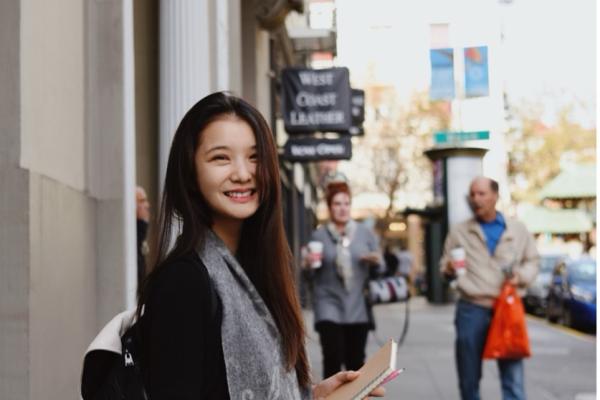Xiaoxiao Bao named 2025 Manuel Barkan Dissertation Fellowship recipient

Arts Administration, Education and Policy (AAEP) PhD candidate Xiaoxiao Bao has been named a 2025 Manuel Barkan Dissertation Fellowship Award. Xiaoxiao holds an M.A. in Art Education from OSU and a B.A. in Art History from the University of California, Berkeley.
Xiaoxiao will be recognized at the 2025 Barkan and Marantz Award Ceremony on April 18, 2025. The Manuel Barkan Dissertation Fellowship was established in 1995 in the name of the first chair of the department by his wife, Toby Barkan Willits. This competitive award supports the academic and living expenses of a doctoral candidate in Art Education who is completing his/her dissertation.
